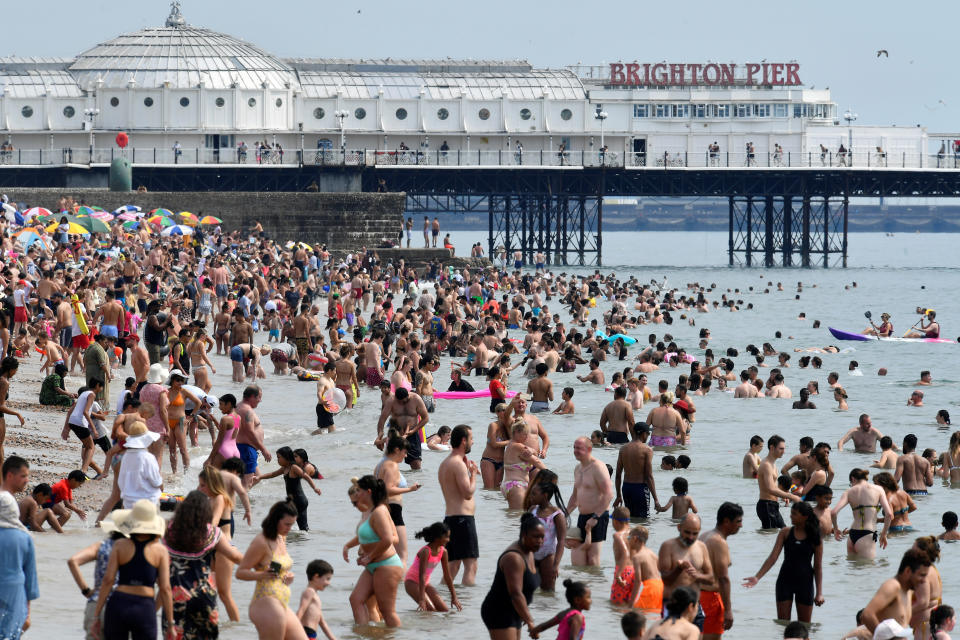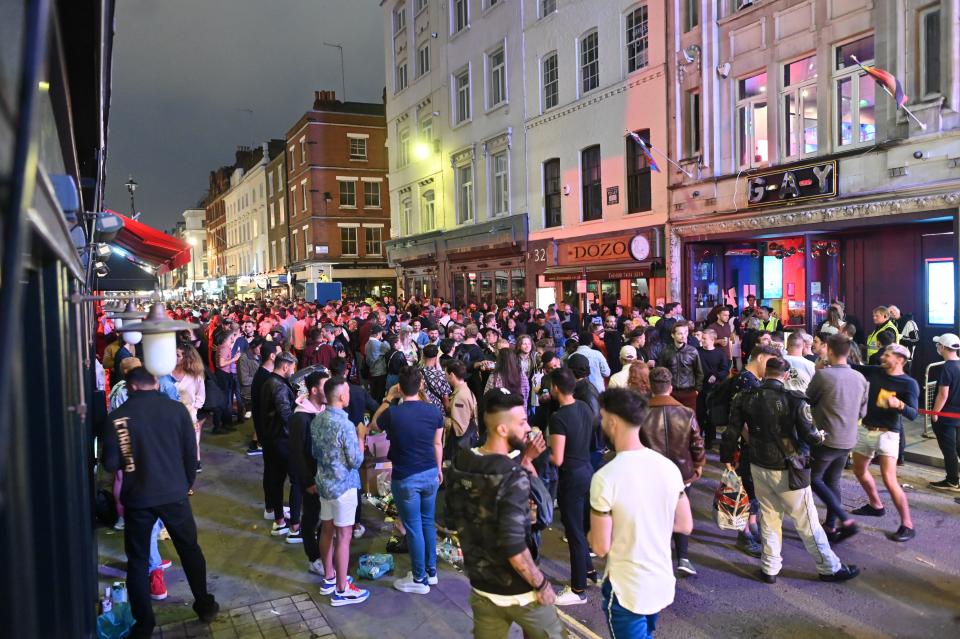UK records highest number of new coronavirus infections since June

The UK has recorded its highest number of new coronavirus infections since the middle of June, fuelling fears of a second wave across the country.
On Friday 1,441 cases were recorded, the highest daily number since 1,514 on 14 June, exactly two months ago.
The figures, published on the coronavirus data section of gov.uk, reveal a marked increase in recorded cases over the past week, up from 871 on 7 August.
The rise in positive tests appears to have started soon after lockdown restrictions were eased on 4 July, dubbed “Super Saturday” – with pubs, restaurants, hairdressers, places of worship and community centres permitted to reopen with social distancing measures in place.


Amid rising infections, England’s chief scientific adviser Chris Whitty warned on 31 July that “we have probably reached near the limit or the limits of what we can do in terms of opening up society”, as Boris Johnson conceded it was necessary to “squeeze the brake pedal” on the return to normality.
The UK’s total number of confirmed COVID-19 infections now sits at 316,367.
The news came as the government’s scientific advisory group, Sage, said it did not have confidence that the R rate of infection was below 1 in England, despite their official estimate of the UK’s infection rate range – which has a time-delay of several weeks – remaining unchanged at between 0.8 and 1.
However, estimates of the growth rate of transmissions provided by Sage subgroup, the Scientific Pandemic Influenza Group on Modelling (SPI-M), indicated a slight increase, rising from between minus five per cent to zero last week to between minus four per cent to minus 1.

“We are starting to see early indications that these values may be increasing,” both Sage and the Government Office for Science said on Friday in a statement.
“This is not yet reflected in these estimates because the data used to calculate R and growth rate reflect the situation from a few weeks ago,” it added.
On Friday, lockdown rules in large parts of northern England and Leicester were extended, with strict laws on movement and socialising set remain in place until at least next week.
Coronavirus: what happened today
Click here to sign up to the latest news, advice and information with our daily Catch-up newsletter

 Yahoo News
Yahoo News 

